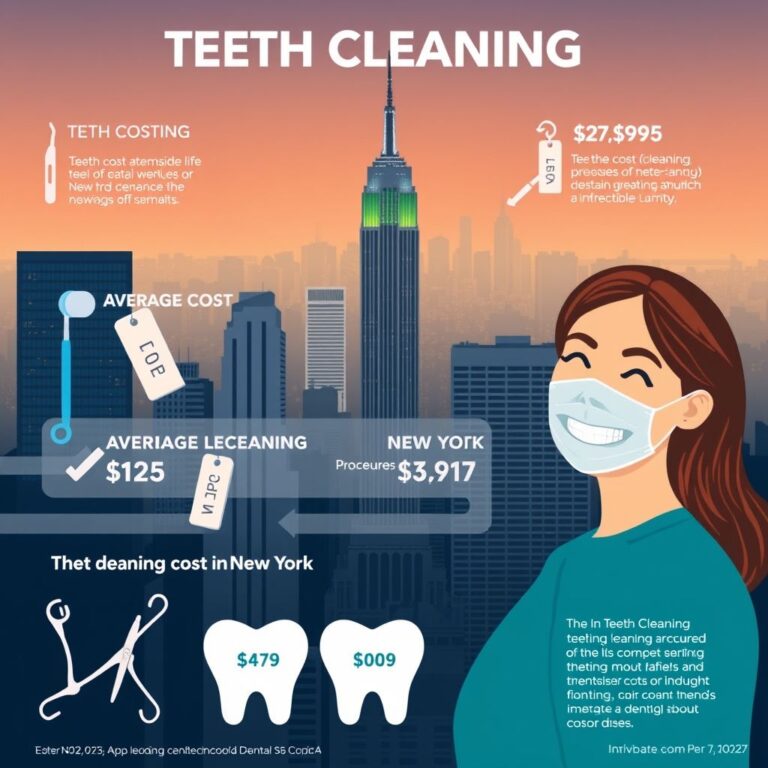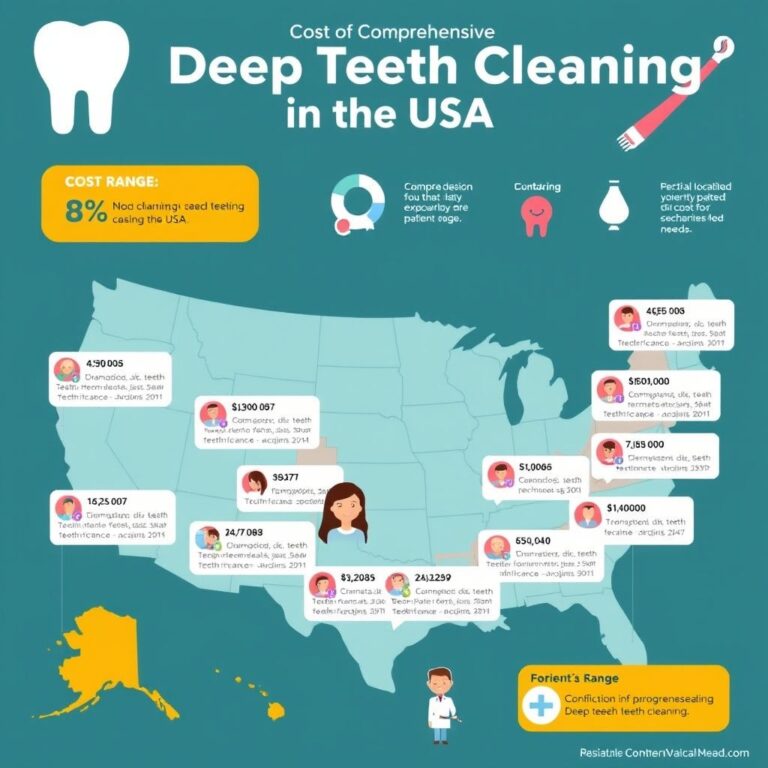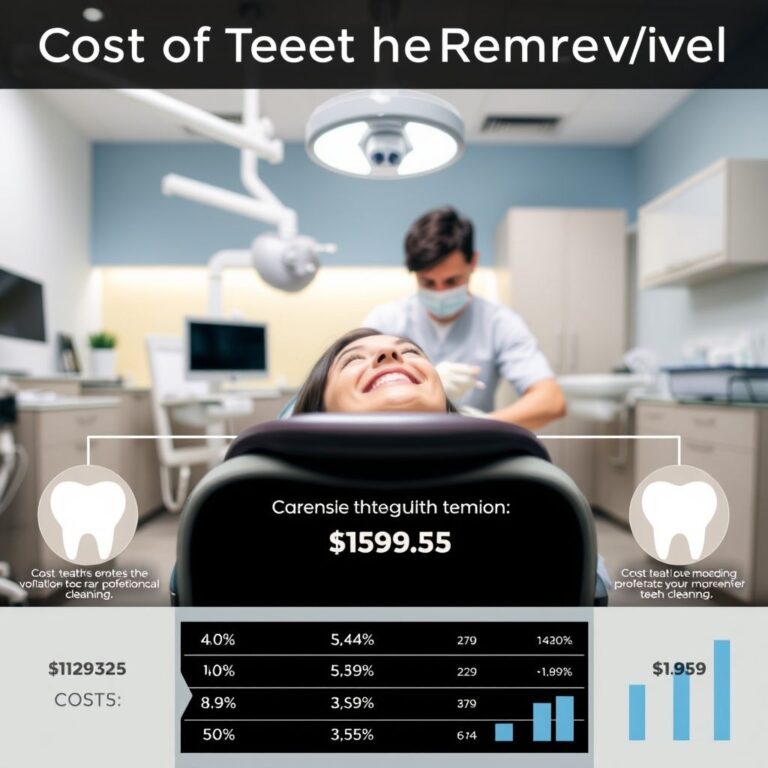Cost of Cleaning Teeth from Bacteria: Procedures, Factors, and Prevention
Maintaining optimal oral health goes beyond just brushing and flossing—professional teeth cleaning is essential to remove harmful bacteria that cause cavities, gum disease, and bad breath. However, many people avoid dental visits due to uncertainty about costs.
This comprehensive guide explores the cost of cleaning teeth from bacteria, comparing different procedures, factors affecting pricing, and cost-effective prevention methods. Whether you need a routine cleaning or a deep bacterial removal treatment, this article provides detailed insights to help you make informed decisions.

2. Understanding Dental Bacteria and Its Impact
Types of Harmful Oral Bacteria
The mouth hosts over 700 bacterial species, but only a few contribute to tooth decay and gum disease:
-
Streptococcus mutans – Causes cavities by producing acid.
-
Porphyromonas gingivalis – Leads to gum inflammation (gingivitis and periodontitis).
-
Treponema denticola – Associated with advanced gum disease.
How Bacteria Affect Teeth and Gums
-
Plaque Formation: Bacteria form a sticky biofilm (plaque) on teeth, hardening into tartar if not removed.
-
Gum Disease: Bacteria trigger inflammation, leading to bleeding gums and bone loss.
-
Systemic Health Risks: Oral bacteria are linked to heart disease, diabetes, and respiratory infections.
3. Professional Teeth Cleaning Procedures to Remove Bacteria
1. Routine Dental Cleaning (Prophylaxis)
-
Purpose: Removes plaque and tartar above the gumline.
-
Frequency: Every 6 months.
-
Cost: $75–$200 (without insurance).
2. Scaling and Root Planing (Deep Cleaning)
-
Purpose: Treats gum disease by cleaning below the gumline.
-
Frequency: As needed (for periodontal disease).
-
Cost: $200–$400 per quadrant (full mouth: $800–$1,600).
3. Laser Bacterial Reduction
-
Purpose: Uses lasers to kill bacteria in gum pockets.
-
Cost: $200–$500 per session.
4. Antibacterial Mouth Rinses and Gels
-
Purpose: Prescribed for severe bacterial infections.
-
Cost: $15–$50 (depending on brand).
4. Factors Influencing the Cost of Bacterial Cleaning
| Factor | Impact on Cost |
|---|---|
| Geographic Location | Urban areas charge 20–30% more. |
| Dentist’s Expertise | Specialists (periodontists) cost more. |
| Severity of Buildup | Advanced gum disease increases costs. |
| Insurance Coverage | Reduces out-of-pocket expenses by 50–80%. |
5. Average Cost Breakdown of Bacterial Cleaning Procedures
| Procedure | Average Cost (Without Insurance) |
|---|---|
| Routine Cleaning | $75–$200 |
| Deep Cleaning (Per Quadrant) | $200–$400 |
| Laser Bacterial Reduction | $200–$500 |
| Antibacterial Rinses | $15–$50 |
6. At-Home Methods to Reduce Oral Bacteria
-
Brushing & Flossing: Use fluoride toothpaste and interdental brushes.
-
Antibacterial Mouthwash: Chlorhexidine-based rinses reduce bacteria.
-
Natural Remedies: Oil pulling (coconut oil) and baking soda neutralize acids.
7. Preventing Bacterial Buildup: Long-Term Oral Hygiene Tips
-
Visit the dentist every 6 months.
-
Avoid sugary and acidic foods.
-
Use an electric toothbrush for better plaque removal.
8. Frequently Asked Questions (FAQs)
Q: How often should I get a professional teeth cleaning?
A: Every 6 months, or every 3–4 months if you have gum disease.
Q: Does insurance cover bacterial cleaning?
A: Most plans cover routine cleanings, but deep cleaning may require partial payment.
Q: Can I remove all bacteria at home?
A: No—professional cleaning is needed to remove hardened tartar.
9. Conclusion
Professional teeth cleaning is crucial for eliminating harmful bacteria and preventing dental diseases. Costs vary based on procedure type, location, and insurance. Regular cleanings, combined with proper at-home care, ensure long-term oral health.


